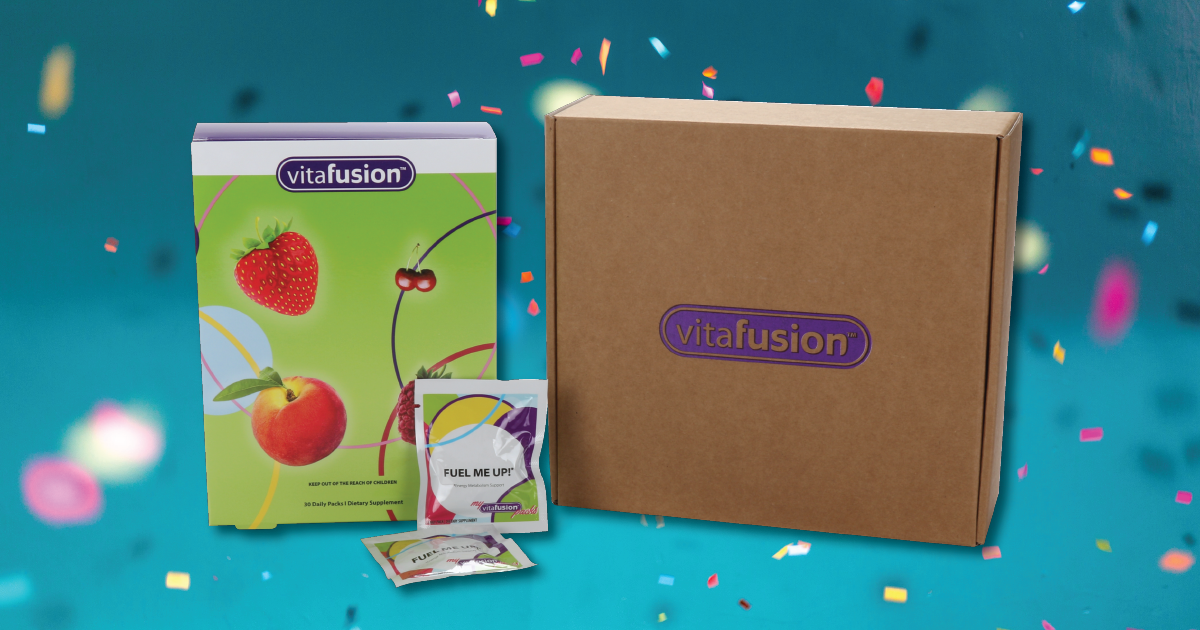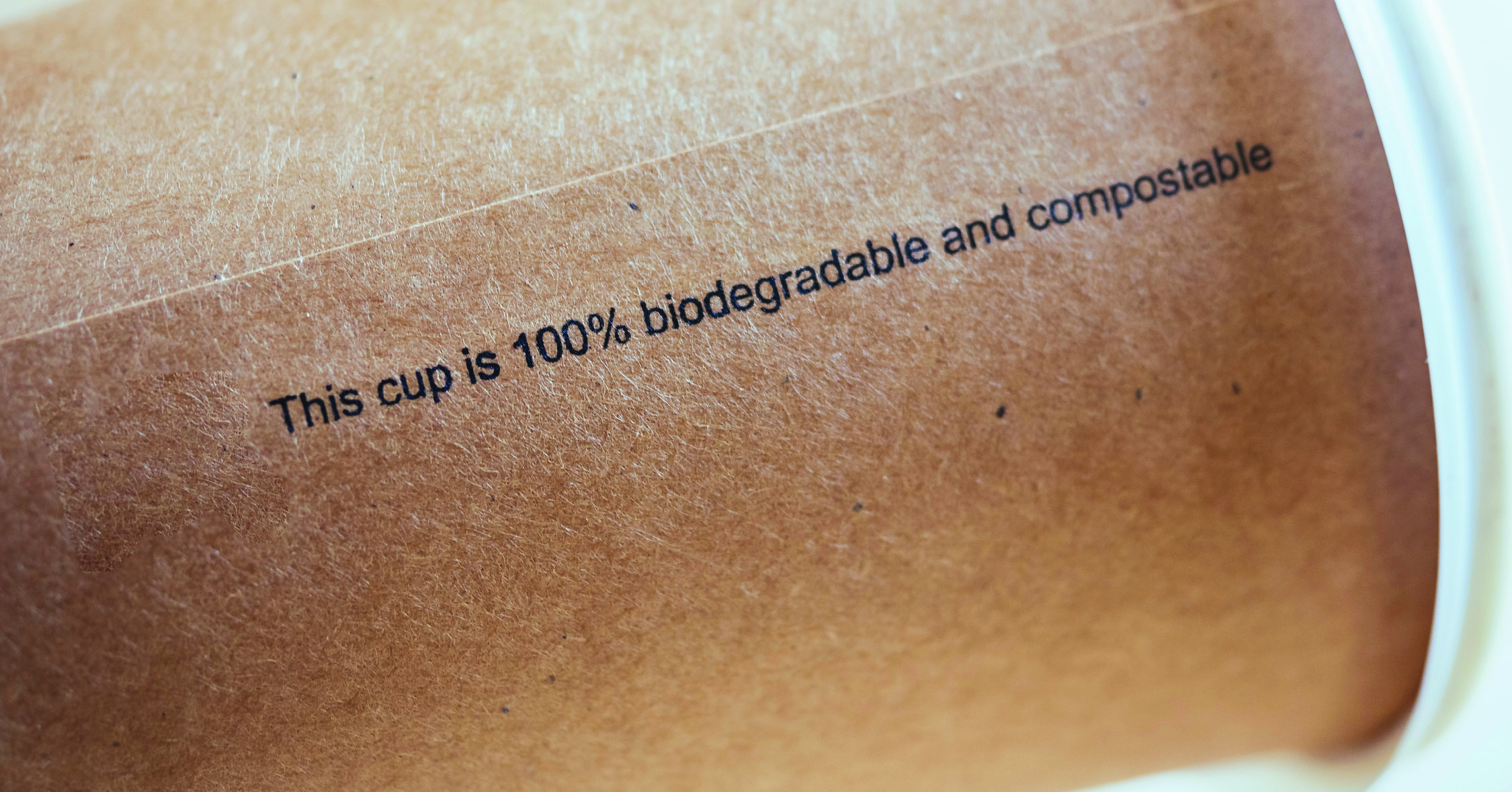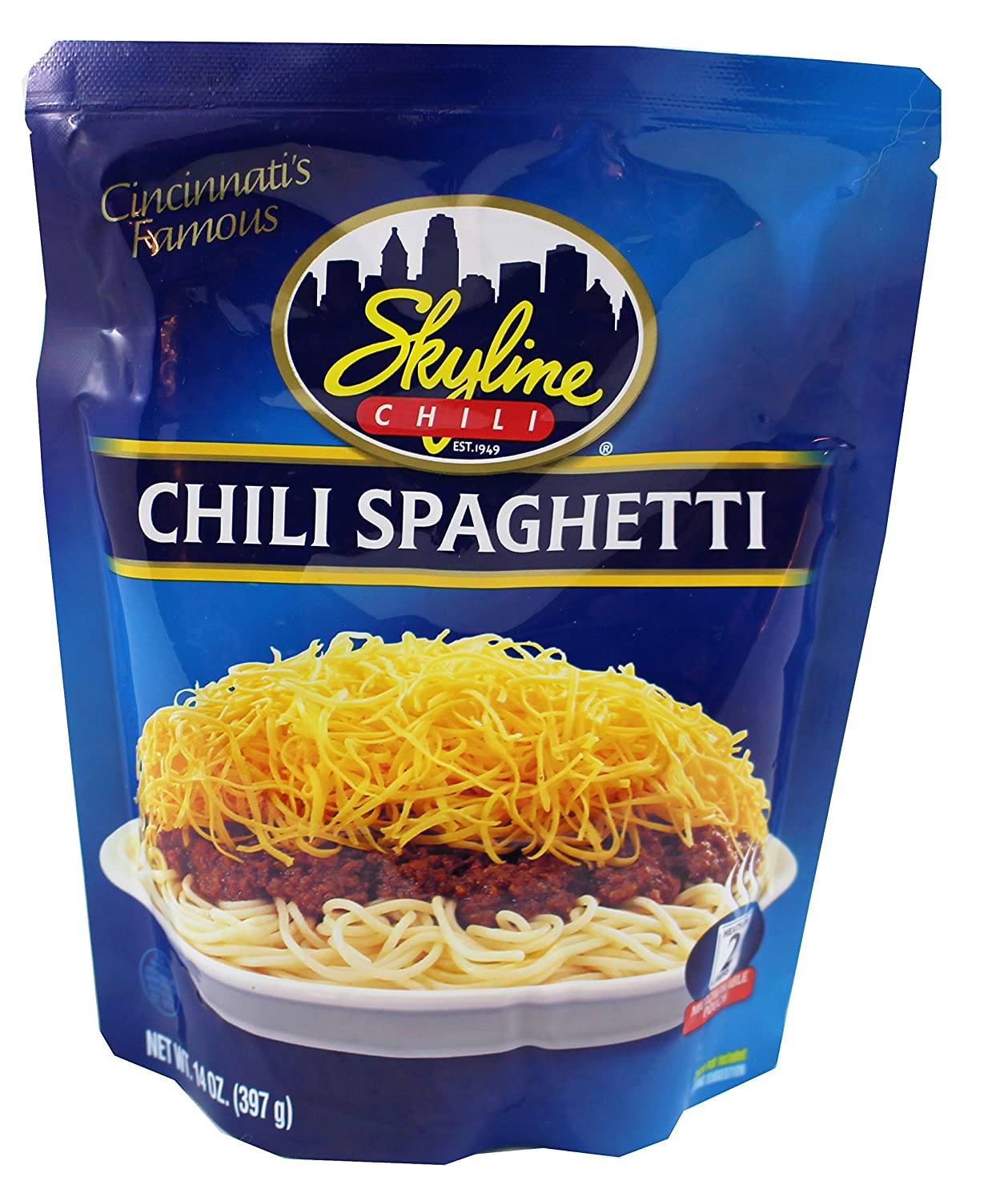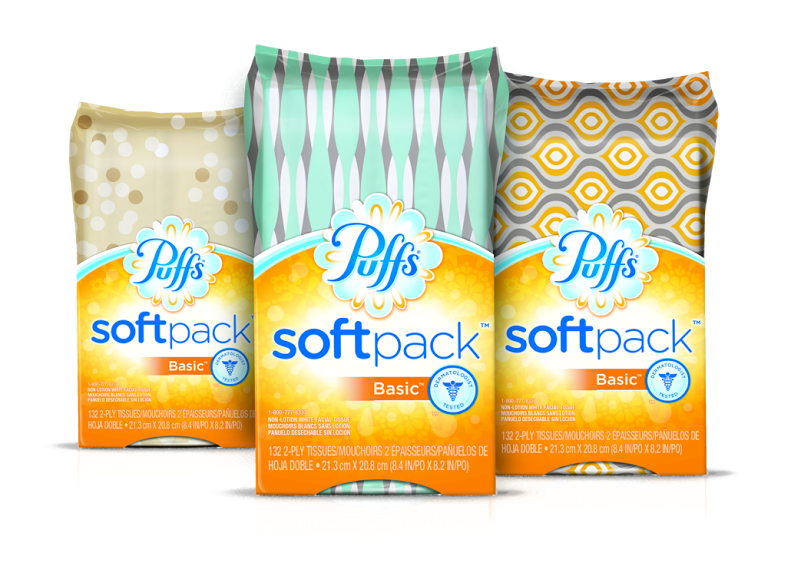Haney worked hand-in-hand with P&G to optimize the materials and print techniques for this new and innovative pack. Puff’s goal for this endeavor was to differentiate on shelf while also creating a second moment of truth that provided a sensory experience for their consumer. Through the R&D process Haney helped identify a micro embossed film that met all of their performance criteria and provided the cloth-like tactile experience that mirrored the softens of the product inside.
At the time of its release, Puff’s was the only full size soft packaging available for tissue. Today, based on Amazon Reviews alone, over 90% of people rate this at a 4 star or above.
Reading the reviews will tell you that a lot of these positive ratings have to do with the packaging. “I like the packaging of these tissues. You can put them in the glove box or any place because of the give in the plastic.” Said one reviewer, “It’s one of those products that makes you think ‘what took you so long’. This is the only way I buy tissues now.“
Another review revealed, “I keep them in bed with me when I have a cold/allergies and want them handy. No cardboard corners poking you as you roll around.” A flexible package gave Puffs a leg up on the traditional cardboard box package in the form of convenience for the consumer. Not to mention the emotional comfort impression it made on some consumers, which aligns directly with the brand messaging and product offering.
As you can see, the possibilities and future of flexible packaging is continuing to develop and grow every day. As a designer, this opens up a magnitude of new design opportunities, including innovative shapes, unique approach to developing new brand equity elements, purposeful use of effects and finishes, and enhanced consumer delight.
To learn more about working with Haney and our VIA Alliance™ program contact Haney at: hello@haneypkg.com.






